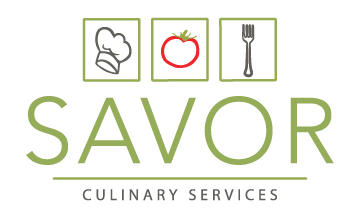Recently we made a post about our Pasole beans making the perfect side dish for a meal. Beans are a great addition to anyone’s diet for many reasons, but one of them being their high fiber content. Sadly, the average American diet consists mostly of processed foods, meats and dairy products, all of which have little to no fiber. Some of you might be confused at some of the terms that are thrown around about fiber.
To be clear, “dietary fiber” refers to the compounds found in plant-based foods that aren’t digestible by the small intestine. There are two types of fiber: insoluble and soluble fiber. All you really need to know about these is that BOTH types of fiber help you feel fullrby 1) taking up more space in your stomach, thus making you full faster and 2) taking longer to digest, thus making you full longer. Both fibers are good for you and are essential in your diet.
You can’t really have a fiber deficiency, since your body doesn’t absorb it and so you can’t measure how much fiber is in your body. But you can have too little of fiber in you diet! So how do you know if you are lacking fiber in your diet?
Here are some signs:
Weight gain- Most foods that are rich in fiber, are also rich in nutrients and lower in calories. On the opposite side of that spectrum, foods low or lacking in fiber i.e. processed foods tend to be higher in calories, thus leading to weight gain. It has also been noted that fiber-rich foods take longer to chew, which can lead to eating less.
Constipation- Whenever you’re constipated, I’m sure you’ve thought, I need to eat more fiber! That’s true. Fiber absorbs water and swells, making it easier for things to move through your body.
Blood Sugar Fluctuations- Fiber delays the absorption of sugar, thus helping regulate your blood sugar. If you have diabetes, consult your doctor, but you more than likely need more fiber in your diet to help ease the difficulty of regulating your blood sugar.
High Cholesterol- Research has shown that fiber and cholesterol levels might be linked! Cholesterol basically sticks to fiber as it goes through your body, carrying it away with it. Thus, if you’re not getting enough fiber, cholesterol just gets built up in your system so to speak.
You’re hungry soon after a meal-Do you get hungry within an hour after eating a meal? If so, your diet might be lacking fiber as it makes you feel full longer! Even if you are eating a protein like eggs for breakfast, it’s still a good idea to pair with whole grain toast or some kind of fiber to keep you going!
Chronic Disease-The National Cancer Institute says that not getting enough fiber can play a role in preventing colorectal cancer since fiber has positive impacts on digestion. Also, many foods with high fiber have lots of antioxidants as well, protecting your body against free radicals.
Now that you know some of the signs of low fiber in your diet, you’re probably wondering how much fiber you should be getting. The general dietary guidelines is for every 1,000 calories to get 14 grams of fiber. Raspberries, avocados, sweet potatoes, quinoa, lentils, green peas and dried beans are all excellent sources of fiber and provide 5 grams of fiber each (this is considered an excellence source of fiber!).

